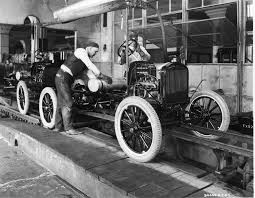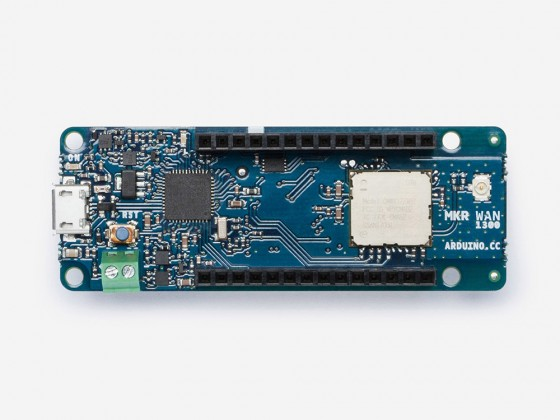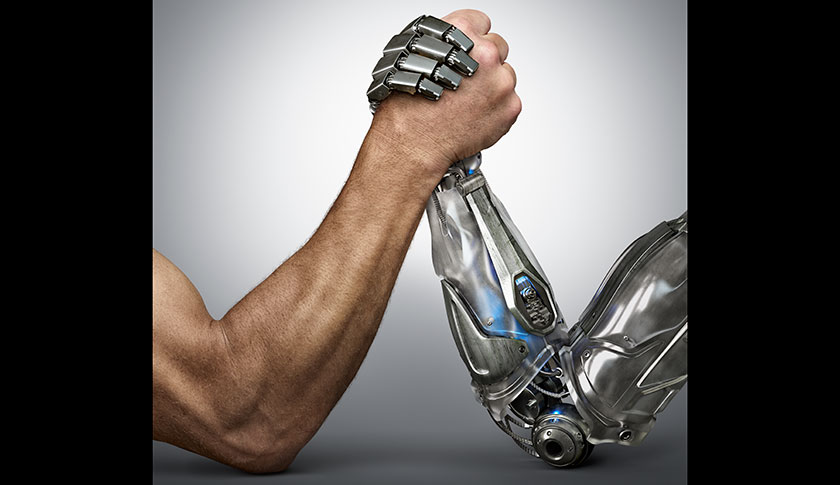Week 3 Blog
Mechanization has become such a prevalent part of our society today because as technology advances, we are becoming more efficient. At the end of the day, efficiency is the key to saving valuable time and money. Saving these two things are an important part to any company. One of the best examples of this is when Henry Ford created the assembly line. His assembly line broke the tasks down, so that each person could focus on one thing at a time and the cost was less (Vesna). However, because the workers were doing the same things over and over, their employers were actually beginning to treat them as robots.

Through the efficiency of mechanization, people began to draw a connection between robotic workers and success. Therefore, as technology advanced, the next step was to create robots. Robots can do all of the work that humans can. Further, we are getting to the point that they can even show emotion. David Hanson builds robots that can empathize with people and build relationships (Hanson). The fear here is that robots will eventually take people over. However, they can be used to aid people without replacing them. A good example of this is the Arduino, which is able to, “.. sense the environment by receiving inputs from many sensors, and affects its surroundings by controlling lights, motors, and other actuators” (Arduino).


Henry Ford’s assembly line changed manufacturing forever (Goss).
Through the efficiency of mechanization, people began to draw a connection between robotic workers and success. Therefore, as technology advanced, the next step was to create robots. Robots can do all of the work that humans can. Further, we are getting to the point that they can even show emotion. David Hanson builds robots that can empathize with people and build relationships (Hanson). The fear here is that robots will eventually take people over. However, they can be used to aid people without replacing them. A good example of this is the Arduino, which is able to, “.. sense the environment by receiving inputs from many sensors, and affects its surroundings by controlling lights, motors, and other actuators” (Arduino).
Arduino is helpful and only $39.99 to buy (Arduino)
One of the most popular robot movies of our generation was WALL-E. In the movie, the main character WALL-E the robot spends his life picking up trash. Throughout the film, it becomes more apparent that he is sensing what is going on around him and even falls in love with another robot in the end (Wall E). Robots, if used the right way, can be extremely effective to our society. However, there could be some serious issues with them. As technology is advancing, some say that we will not be able to even distinguish between real people and robots.
Will robots take over the world, or help us achieve the unthinkable?
Works Cited:
Goss, Jennifer L. “How Henry Ford's Assembly Line Changed Manufacturing.” ThoughtCo, www.thoughtco.com/henry-ford-and-the-assembly-line-1779201.
Hanson, David. "Robots that "show emotion"." David Hanson: Robots that "show emotion" | TED Talk | TED.com. N.p., Feb. 2009. Web. 19 Apr. 2017
“Humans vs. Robots: How to Thrive in an Automated Workplace.” Fortune, fortune.com/2017/06/30/humans-robots-job-automation-workplace/.
Wall E. Dir. Andrew Stanton. Disney, 2008. Film.
Vesna, Victoria . "Robots and Art ." 22 Apr. 2018. Lecture.
Austin, I thought this post was insightful into some of the fears that exist with the rapid expansion of technology. As a consumer, I see advancing technology as a blessing (self-checkout at the grocery store has saved me so much time!) but I also fear that I need to build a very particular set of skills to stay employable. Creating technology that replaces our jobs does actually create jobs (however backwards that sounds) but as to how those numbers balance out, I am not too sure the tradeoff is in favor of keeping the human workforce employed.
ReplyDeleteI love the pictures you picked for this blog, as well as the mention of the movie WALL-E as it a great example for the robots of our generation.
ReplyDeleteI liked how you mentioned the benefits of the advancements of technology as well as the fears that people have about robots becoming too smart. You mentioned robots having emotion a lot which I used to not think was possible but it definitely is. Do you think that robots being too advanced would be too dangerous?
ReplyDelete